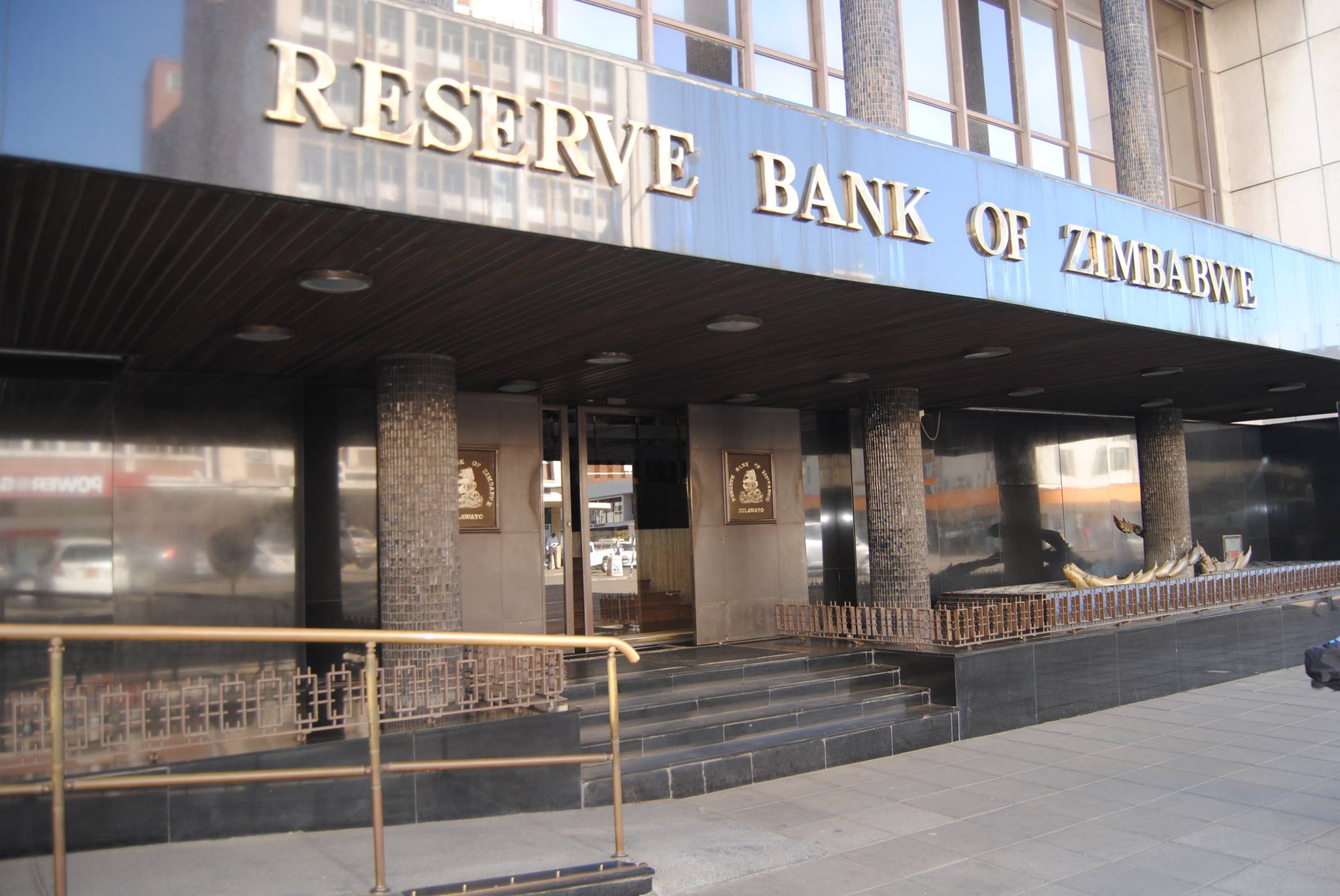Business Writer
The Reserve Bank of Zimbabwe (RBZ) says the US dollar deposits which have soared to US$1.7 billion due to growing confidence in the financial services sector buttress and sustain the economic rebound if funnelled to productive sectors.
Presenting the 2021 Mid Term Monetary Policy Statement (MPS) on Thursday, the central bank chief said there is need for circulation of these funds in the economy and on lending to productive sectors.
“The Bank, in consultation with the Deposit Protection Board, is exploring mechanisms to protect foreign currency deposits.
“In addition, consultations are also ongoing to encourage banks to leverage on the foreign currency deposits to enhance financial intermediation for the benefit of the economy. These measures will allow the circulation of the US$1.7 billion currently sitting in FCA accounts, to promote growth and development,” Mangudya said.
This comes as listed insurance firms also reported a surge in USD based premium payments. NSSA has also begun to collect pension premiums in USD for members remunerated in foreign currency.
Mangudya however said the funds were just sitting idle in local banks.
In recognition of the role played by savings and deposits in the economy and the need to support financial inclusion and development, the RBZ engaged the Bankers Association of Zimbabwe on the need to comply with Statutory Instrument 65A of 2020 on the payment of interest on savings accounts.
“As a result, effective 1st July 2021, banking institutions scrapped bank charges on savings accounts and fixed term deposits and also agreed to offer minimum interest rates of five percent per annum for savings accounts and 10 percent for fixed term deposits per annum,” Mangudya said.
Mangudya said the banking sector has remained stable despite the disruptive impact of the Covid-19 pandemic. He added that the Government support and regulatory relief measures implemented thus far, have cushioned the economy and muted the potential adverse impact to the banking sector’s performance.
The measures ensured continued orderly functioning of the financial markets, continuous flow of credit and fostered financial sector stability, the apex bank chief added.
As at 30 June 2021, the banking sector comprised 13 commercial banks, five building societies, and one savings bank. In addition, there were 178 credit-only microfinance institutions, eight deposit-taking microfinance institutions and two development financial institutions under the purview of the RBZ.
Aggregate deposits amounted to $304.95 billion (51 percent in local currency and 49 percent in foreign currency) as at 30 June 2021, which represented a 49.39% increase from $204.13 billion reported as at 31 December 2020.
Meanwhile, the average prudential liquidity ratio for the banking sector remained largely stable at 66.89 percent, which was above the minimum Regulatory requirement of 30 percent. The high average prudential liquidity ratio largely reflects the conservative approach to lending by the sector.




